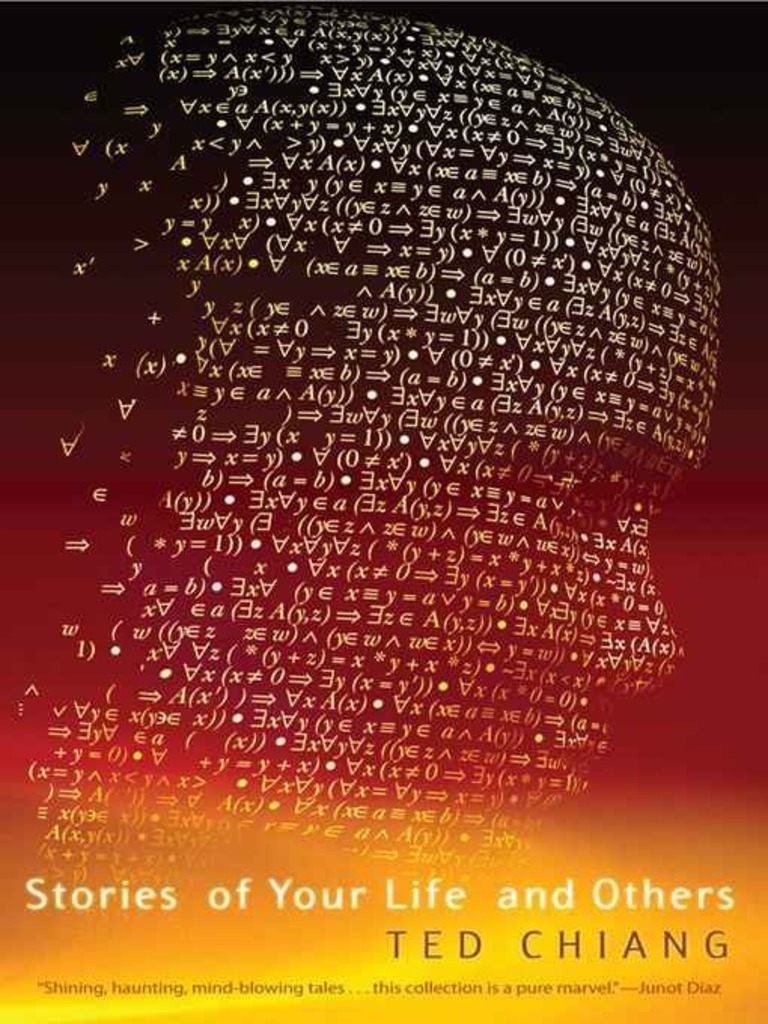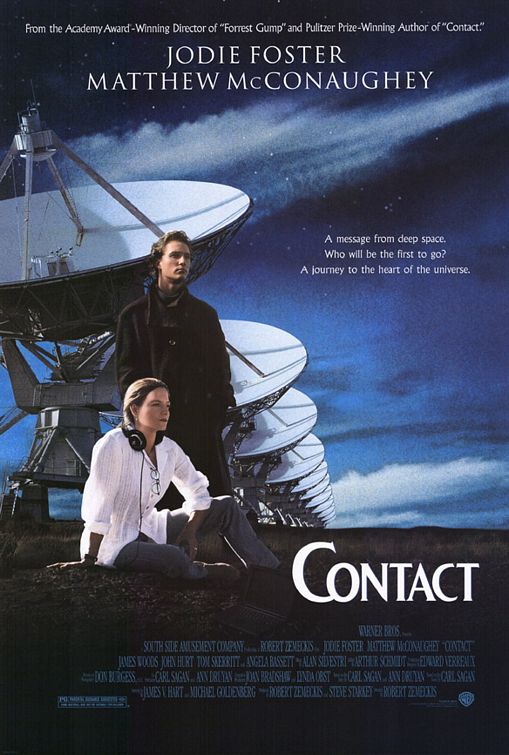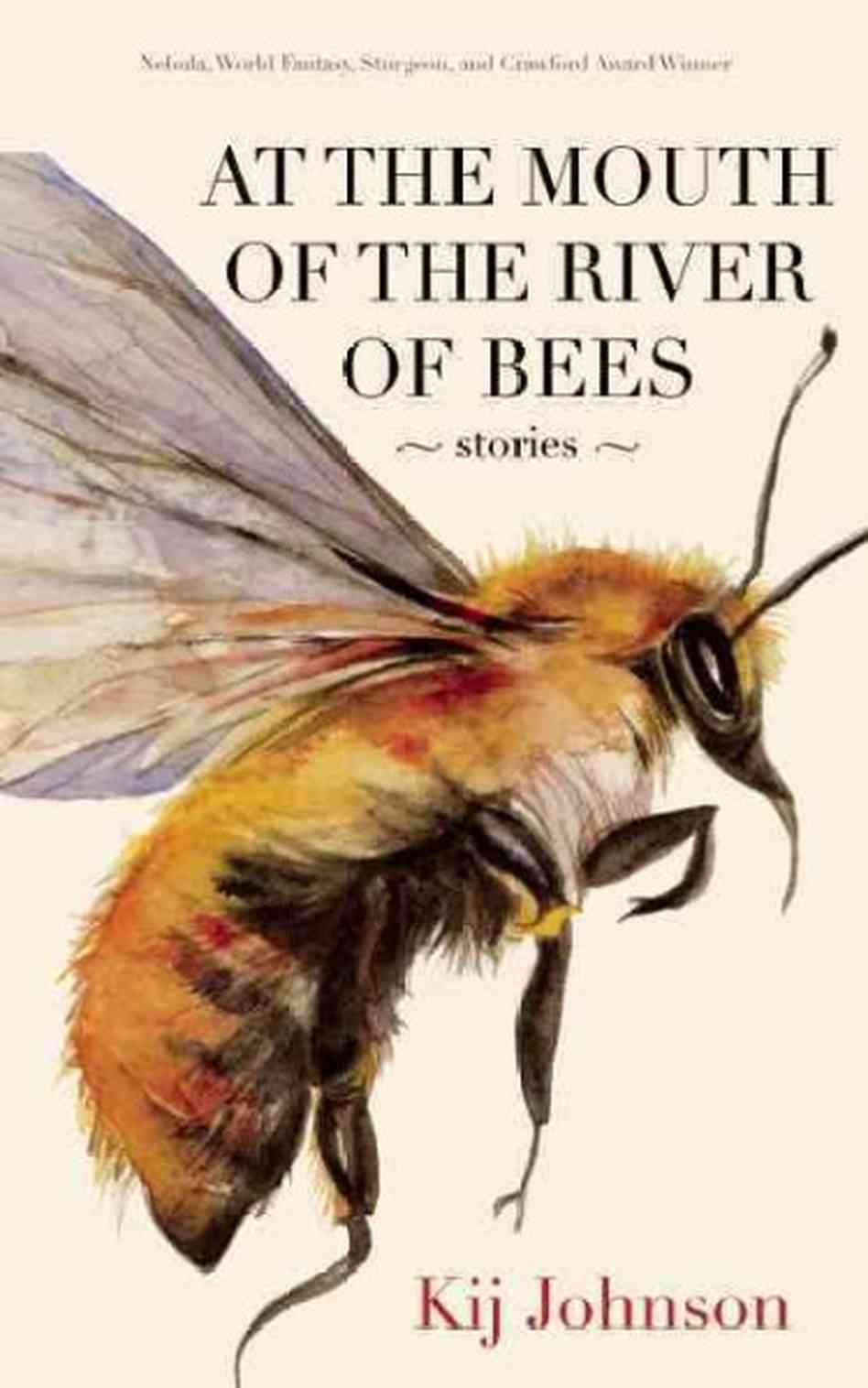It’s the middle of summer, or, as we call it in the U.S., construction season. From houses and roofs to bridges and roads, people are busy building things or improving them. So, naturally, why not highlight stories about construction? Building is hard work; it must be even more difficult in space or fantasy (barring tech or magic that makes the work go faster or easier).
I can’t tell you the number of futuristic cities we’ve been introduced to in SF/F. From Metropolis to Blade Runner to The Expanse, science fiction has allowed us to depict cities and landscapes of all kinds. But when it comes to infrastructure, we rarely focus on what went into the construction of said cities. Or what it was like to build a monument, bridge, spaceship—you get the idea. I’m an English major, not an engineer, dammit, but I love stories about the nuts and bolts of what makes things work.
I had a couple of good candidates right up front, but it was really easy to get sidelined into stories about the already-established architecture of spaceships, monuments and living cities (the first book in Kathleen Goonan’s trilogy might easily fit here) rather than locate stories about actual, ongoing construction projects. I debated for a long time about whether or not to include James Blish’s “Cities in Flight” volumes, for instance; likewise Larry Niven’s Ringworld and Neill Blomkamp’s film Elysium (2013) and many, many others. I also decided not to focus on stories about Terminators, murderbots, clones, sentient houses (so, no Kathleen Goonan), and so forth, in favor of focusing on large (mega?) construction projects that were plot points, not just part of the setting.
I’ll start with the two most obvious, most familiar construction projects of all.
 Star Wars: Return of the Jedi (1983), Star Wars: Revenge of the Sith (2005); and Rogue One: A Star Wars Story (2017). The Death Star (II) goes at the top of this list because we’re all familiar with Star Wars (even though I’ve heard of people who haven’t seen any of the movies). The construction (and destruction) of this fully operational space station/superweapon is a major plot point in the three films mentioned above. It’s also the first science fiction construction project I saw depicted on film. A space station as big as a moon? What? In the 1980s, Skylab had just fallen back to Earth (on schedule) and we were building space shuttles and launching deep space probes. Nothing like the Death Star was in anybody’s plans (ahem—anybody I knew, anyway). Outside of its horrific, nefarious purpose (R.I.P. Alderaan), the Death Star is one reason I like science fiction: it’s a genre where we can imagine things that don’t exist and then depict them on the big screen (or the printed page). The models were built by Colin Cantwell on commission from George Lucas for the films. (Fun fact: the trench/port plothole everyone loves to make fun of in A New Hope and RoTJ was actually an accidental design.)
Star Wars: Return of the Jedi (1983), Star Wars: Revenge of the Sith (2005); and Rogue One: A Star Wars Story (2017). The Death Star (II) goes at the top of this list because we’re all familiar with Star Wars (even though I’ve heard of people who haven’t seen any of the movies). The construction (and destruction) of this fully operational space station/superweapon is a major plot point in the three films mentioned above. It’s also the first science fiction construction project I saw depicted on film. A space station as big as a moon? What? In the 1980s, Skylab had just fallen back to Earth (on schedule) and we were building space shuttles and launching deep space probes. Nothing like the Death Star was in anybody’s plans (ahem—anybody I knew, anyway). Outside of its horrific, nefarious purpose (R.I.P. Alderaan), the Death Star is one reason I like science fiction: it’s a genre where we can imagine things that don’t exist and then depict them on the big screen (or the printed page). The models were built by Colin Cantwell on commission from George Lucas for the films. (Fun fact: the trench/port plothole everyone loves to make fun of in A New Hope and RoTJ was actually an accidental design.)
 “The Tower of Babylon,” Ted Chiang (1990, collected in Stories of Your Life and Others), follows the journey of a miner named Hillalum who’s been recruited to ascend to the very top of the Tower in order to break through the Vault of Heaven, thereby completing the final phase of the project. As a child in a conservative evangelical tradition, the story of the Tower of Babylon both delighted and frustrated me. The short version: humankind, proud of its achievements and seeking equality with God, decided to build a tower that would reach heaven—but the omnipotent God caused everyone involved to begin speaking in their own tongues, thus ending the project, as a reminder that no one is equal to him. (This story is the basis for the Babel fish in The Hitchhiker’s Guide to the Galaxy.) Suffice to say that when I ordered a copy of Chiang’s “Stories of Your Life And Others” in order to read the source material for Arrival (2016), and found the first story concerned the construction of the Tower of Babylon, I was sucked in immediately. Although plenty of depictions exist of the Tower project, no Bible story or adaptation I’d read had ever tackled the physical endeavor of building such a fantastical monument. If we thought building the pyramids was difficult (something experts still squabble about today), then how much more so to build a tower to the vault of heaven? Maybe it took Ted Chiang to imagine it and put it down on paper. Of course the reader roots for Hillalum as he travels toward the top of the tower to chip away at the roof of heaven. The story holds to principles of sacred geometry & cosmology, but Chiang masterfully shies away from biblical interpretation while delivering a satisfying conclusion that adheres to the interpretation. “Tower” won the 1991 Nebula Award for Best Novelette.
“The Tower of Babylon,” Ted Chiang (1990, collected in Stories of Your Life and Others), follows the journey of a miner named Hillalum who’s been recruited to ascend to the very top of the Tower in order to break through the Vault of Heaven, thereby completing the final phase of the project. As a child in a conservative evangelical tradition, the story of the Tower of Babylon both delighted and frustrated me. The short version: humankind, proud of its achievements and seeking equality with God, decided to build a tower that would reach heaven—but the omnipotent God caused everyone involved to begin speaking in their own tongues, thus ending the project, as a reminder that no one is equal to him. (This story is the basis for the Babel fish in The Hitchhiker’s Guide to the Galaxy.) Suffice to say that when I ordered a copy of Chiang’s “Stories of Your Life And Others” in order to read the source material for Arrival (2016), and found the first story concerned the construction of the Tower of Babylon, I was sucked in immediately. Although plenty of depictions exist of the Tower project, no Bible story or adaptation I’d read had ever tackled the physical endeavor of building such a fantastical monument. If we thought building the pyramids was difficult (something experts still squabble about today), then how much more so to build a tower to the vault of heaven? Maybe it took Ted Chiang to imagine it and put it down on paper. Of course the reader roots for Hillalum as he travels toward the top of the tower to chip away at the roof of heaven. The story holds to principles of sacred geometry & cosmology, but Chiang masterfully shies away from biblical interpretation while delivering a satisfying conclusion that adheres to the interpretation. “Tower” won the 1991 Nebula Award for Best Novelette.
Moving on:
 Contact, Carl Sagan (1985; film, 1997). This is one of my favorite science fiction movies. A SETI scientist receives evidence of alien life in a series of radio pulses that, when decoded, reveal schematics for a one-person interstellar transport as a means of deciding whether humans are worthy of first contact. Oh my stars, yes! Sign me up. But there’s a catch: the machine can’t be built without materials and services from major Earth nations—meaning all nations on Earth have to enter into some kind of alliance in order to build the machine. So building the pod is a test on a political and social level, as well. Contact was actually developed concurrently as both film and novel; Sagan and future wife Ann Druyan spent three years developing the film treatment; when development stalled in 1982, Sagan took the material and turned it into a novel. He and Ann Druyan, who has some experience constructing messages to relay into space (I’m being subtle), wanted to create a story about first contact that would be as believable as possible—aka, this is how it really might happen. Contact is very complex both scientifically and politically. But it’s worth the read, and seeing its concepts brought to the silver screen culminated in one of the best science fiction moviegoing experiences I’ve ever had.
Contact, Carl Sagan (1985; film, 1997). This is one of my favorite science fiction movies. A SETI scientist receives evidence of alien life in a series of radio pulses that, when decoded, reveal schematics for a one-person interstellar transport as a means of deciding whether humans are worthy of first contact. Oh my stars, yes! Sign me up. But there’s a catch: the machine can’t be built without materials and services from major Earth nations—meaning all nations on Earth have to enter into some kind of alliance in order to build the machine. So building the pod is a test on a political and social level, as well. Contact was actually developed concurrently as both film and novel; Sagan and future wife Ann Druyan spent three years developing the film treatment; when development stalled in 1982, Sagan took the material and turned it into a novel. He and Ann Druyan, who has some experience constructing messages to relay into space (I’m being subtle), wanted to create a story about first contact that would be as believable as possible—aka, this is how it really might happen. Contact is very complex both scientifically and politically. But it’s worth the read, and seeing its concepts brought to the silver screen culminated in one of the best science fiction moviegoing experiences I’ve ever had.
And, last but not least:
“The Man Who Bridged the Mist,” Kij Johnson (2011; collected in “At the Mouth of the River of Bees”). This Hugo-winning novella (2012) is set in an empire divided by a river of corrosive mist, Engineer Kit Meniem, sent by the capital to complete a bridge over the river, runs into all kinds of obstacles: architectural, personal–and monstrous. There’s no magic here; it’s pure problem-solving, on all sorts of levels. You’d think that would make for a boring story, but Kij Johnson’s simple pacing delivers the goods. Kit spends five years of his life completing the bridge, and in that time he, the townsfolk of Nearside, and the empire at large find themselves changed by the project. Like any story about building a bridge (are there others?) this story is about making connections despite setbacks. And it works. If you’re in the market for a tender, suspenseful (no pun intended, I swear), pleasurable fantasy story with tinges of science, this is the story for you.
I’m still looking for stories about spaceship construction! Not counting Contact or Star Wars, other than the first Star Trek film, I couldn’t find many examples (although I kept coming back to Becky Chambers’s space romp A Long Way to A Small, Angry Planet because maintaining the ship is an integral part of the story). Share your construction stories in the comments below!

It’s been forever since I read Contact, but I remember that I liked it. Stories of Your Life and Others by Ted Chiang sounds really interesting, even though I’m not that familiar with the Tower of Babylon. At the Mouth of the River of Bees by Kij Johnson is on my to-read list and I’m glad to hear that it is good because I don’t think it’s available at my library.
I hope you got to read Kij’s book. It has some stunning stories in it and The Man Who Bridged The Mist is one of my all-time favorite stories. I was pleasantly surprised by Chiang’s stories and really wish I’d read him sooner. This collection has the story in it that is the basis for the film “Arrival.”